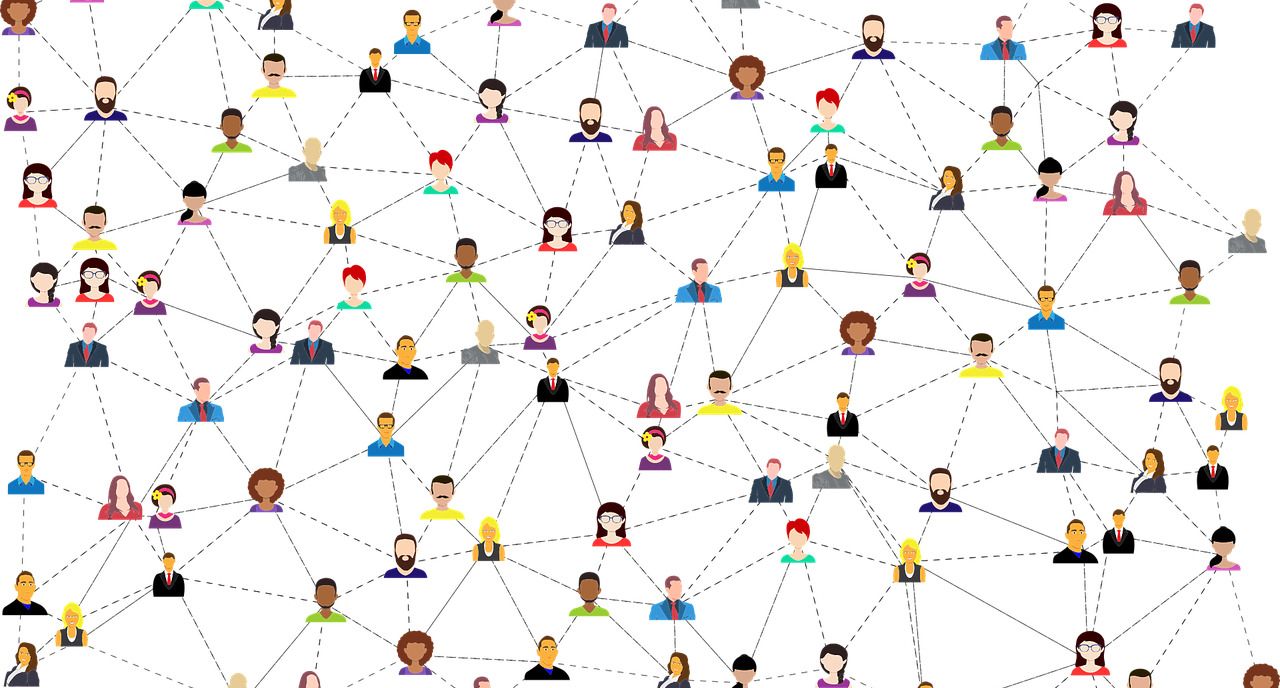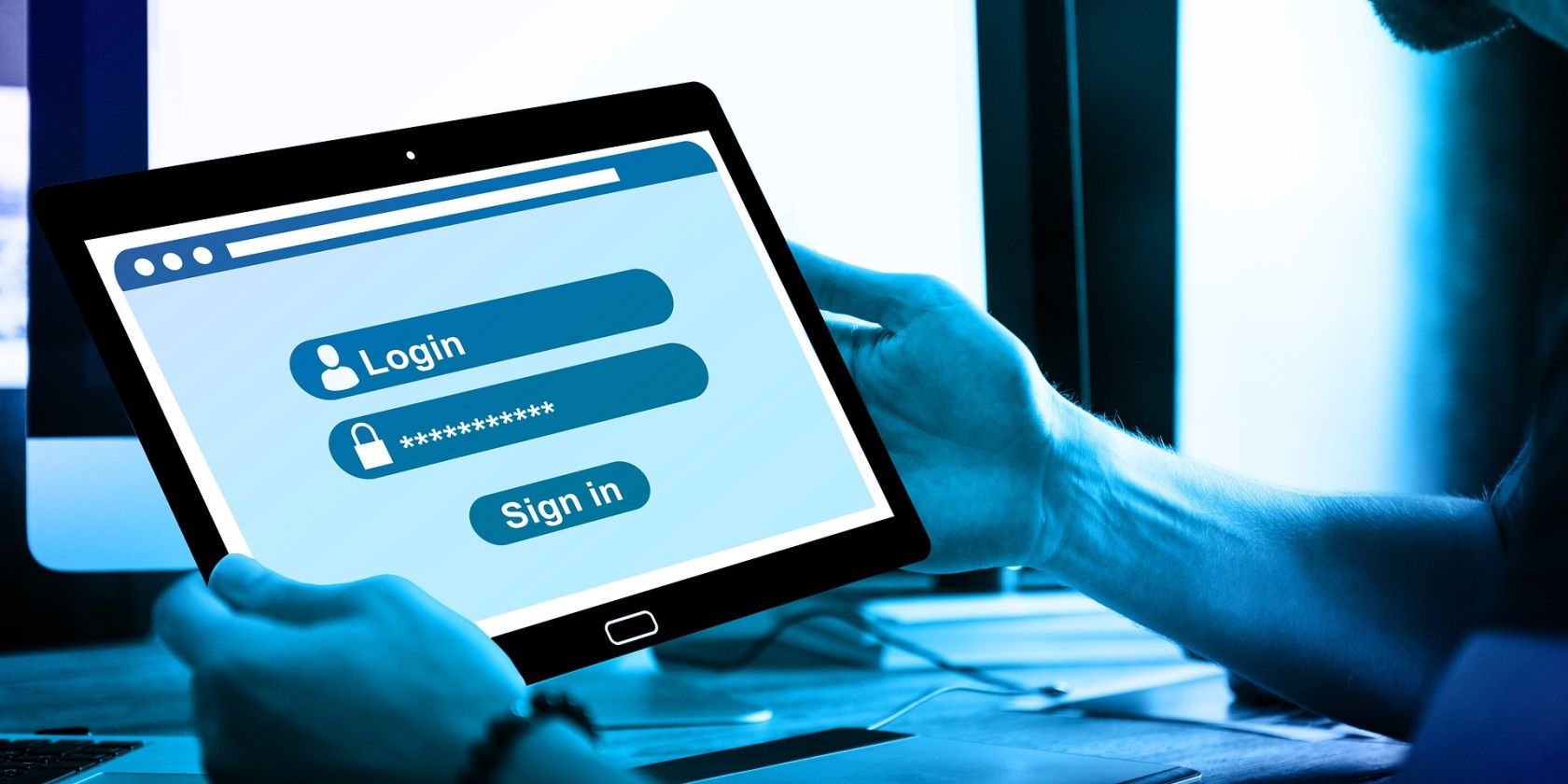We live in a world driven by social media. Sharing pictures, posts, and status updates are not just restricted to personal communications, as most businesses also rely heavily on social media platforms to leverage success.
But as businesses adopt social media platforms to boost performance, threat actors are also increasingly using these avenues to conduct cyberattacks. And having a hacked social media account can do more damage than good to any business.
So why do companies overlook social media security? And what are some ways to implement it? Let's find out below.
Why Is Social Media Security Overlooked?
Since most businesses and organizations categorize social media under the realm of personal communications, they fail to give it precedence when setting up corporate security policies.
Here are some common reasons why social media security is often overlooked:
Lack of Time and Resources
Most companies are too busy securing their internal communications, leaving little time and resources to allocate towards social media security.
This is especially true for small to medium-sized businesses, as they may not have a full-time IT staff on board. Even companies running proper IT departments tend to ignore it due to a misconception that they don't have any control over the data or access to external systems.
Keeping Track of Multiple Accounts
Nowadays, most businesses invest in multiple social media platforms, which involves creating multiple accounts. While it's a great way to strengthen your business roots, it also makes it very time-consuming and difficult to manage.
Keeping track of tons of social media accounts—especially if you have a small team, to begin with—is no easy feat.
Limited Visibility Into Monitoring
Billions of people connect to social media daily. Even if organizations understand the grave threats that social media connections can pose, there's limited visibility for monitoring activities on these platforms.
And since many of these platforms transcend the traditional cybersecurity boundaries of an organization, they tend to get overlooked.
The Importance of Managing Social Media Security
Managing social media security should be an integral part of your company's evolution plan.
While you should implement it from the bottom-up, organizations should pay extra attention to securing the social media accounts of privileged users such as CEOs or VPs. Needless to say, most high-scale data thefts, impersonations, and ransomware attacks on social media platforms are carried out by exploiting privileged accounts.
Poor social media management can also damage your brand identity and impact your users in a way that can sometimes be irreparable. And companies that don't pay attention to social media security pay by getting victimized by potential attacks such as Cross-Site Scripting (XSS) & Cross-Site Request Forgery (CSRF), phishing and clickjacking, identity theft, and impersonation, among others.
How to Implement Social Media Security
An active social media presence can be highly beneficial for your business. But to take full advantage, you should invest in the following social media security best practices.
Enable Multi-Factor Authentication (MFA)
Like your regular accounts, you should enforce MFA on all your social media accounts as well.
This is a great preventative step since it requires anyone trying to log into an account to go through a two-step authentication process using multiple devices or third-party software, rather than just putting in a password.
Do Not Recycle Passwords
If you're someone who reuses passwords for multiple social media accounts, stop it immediately. While it can be overwhelming to create many unique passwords, you should avoid password recycling at all costs.
The problem with password sharing is that if one of your social media accounts gets hacked, your other accounts are also immediately at risk.
To avoid this problem, it's best to take advantage of password managers such as LastPass, which can automatically store and generate complex passwords.
Check If You Are Already Compromised
To avoid falling prey to social media breaches, it's best to regularly monitor your email and accounts to check if they are already compromised.
A popular website called haveibeenpwned.com provides easy search functionality to check if you have been part of a breach. Keep in mind that this site does not cover every security breach but will give you great insight into the type of attacks people face these days.
Sift Out Your Social Media Connections
How often have you randomly added connections to your social media accounts without putting much thought into it? While having a huge following is impressive, it also increases our odds of getting dumped with malicious links or possibly becoming a victim of account theft.
To nip this problem in the bud, it's best to do a friend cleanse. While you might be aware of social media security, you cannot control what your friends share and the level of maturity they practice with social media.
Invest in Social Media Risk Protection Solutions
If your business has a comprehensive social media presence, it would be wise to invest in third-party social media risk protection tools such as ZeroFox.
These tools act like guardian angels, continuously monitoring and watching your social media accounts for fraudulent activities, spoofed accounts, phishing links, and scams. More importantly, many of these tools offer automated protection and remediation of malicious content and attacks round the clock.
Train Employees Against Social Media Attacks
Employees can be a great asset in trying to preserve the social media security of your organization. Therefore, conducting regular security awareness programs emphasizing social media security should be on every company's agenda.
Along with standard security awareness training—such as never sharing passwords with others—you should also train your employees on social media risk factors. This can help them identify the social media attack vectors, preventing them from falling prey to phishing and social engineering attacks.
Use Ad Blockers on Corporate Devices
Installing ad blockers on corporate devices can help enhance social media security, as most phishing and malicious links are downloaded through ads.
If installing ad blockers is not feasible, then instruct your employees to never click on ads and popups, especially those that force users to download software.
Avoid Messages That Show a Sense of Urgency
Sending messages laced with a sense of fear and urgency is a widespread tactic employed by threat actors on social media platforms.
Remember not to trust messages suggesting you act quickly on something. Of course, some of these may be important, but you should be extra careful while handling such messages.
Pay Heed to Social Media Security
Having an active social media presence is pertinent to the growth of any organization. But unfortunately, social media and cybercrime also go hand in hand.
While most organizations invest a ton of resources in safeguarding internal assets, they put social media security on the back burner, leaving an open invitation for cybercriminals to infiltrate social media accounts and invade their privacy.
Therefore, do not invest in social media security as an afterthought. Instead, dedicate extra resources to secure your social media accounts alongside other IT assets.




